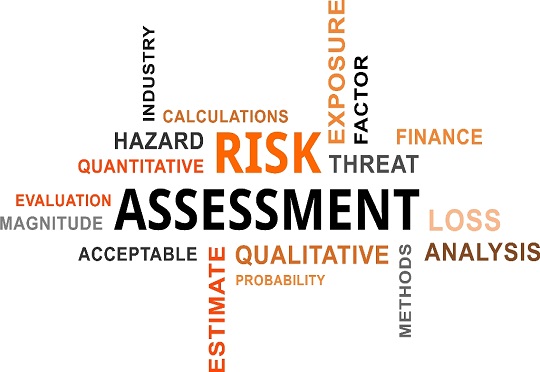December 30, 2022
Country Risk Analysis for Foreign Direct Investment
Country risk analysis is performed by buyers (financial and strategic) and enterprises to assess the potential risks and rewards of investing and/or conducting business in a particular country. Several factors can affect the risk of venturing into a specific country, including social, technological, economic, ecological, and political, to name five. By analyzing these forces, businesses, investors, and financial institutions can better determine the level of risk associated with conducting business or investing in a particular country and make informed entry mode decisions or whether to invest there. Tenarries MCG thinks that the end state of globalization is open to debate. Is globalization in retreat, slowing down due to growing nationalism in several developed and developing countries, or could it accelerate and morph into a globality phenomenon? Irrespective of the end state of the globalization juggernaut, developed market multinationals will continue to embark on foreign direct investment (FDI). About 95% of global consumers live outside North America. Several U.S. multinationals currently generate roughly 40%-50% of global sales and profit from international markets. They also venture abroad to source raw materials, manufacture products, and recruit talented management and productive employees, to name three. FDI is inherently risky, but the risk is generally elevated if the outflow is towards emerging, developing, and underdeveloped nations in Asia, Africa, LATAM, Eastern Europe, and MENAT. Consequently, it is imperative that before undertaking FDI, companies must conduct a country and business risk analysis to arrive at a go/no-go decision. There are several country risk models and approaches to country risk analysis depending on the sources of risks and the nature of the investment. While political risk is a strong influencing force in country risk assessment, in this note, TMCG is focused on the global financial environment risk measures relevant to evaluating go/no-go decisions for FDI (specifically greenfield investments). Country Risk Analysis for Investment- Assess the external and internal environments for international investment
- Evaluate data for determining investment opportunities and risks
- Recommend “go/no go” investment initiatives
- Global investment risk
- The risk-sharing potential of host country businesses
- Capital budgeting in global investment decisions
- Credit risk
- Managing financial risk
- Foreign exchange risk exposure
- Translation exposure
- Transaction exposure
- Economic exposure
- Managing foreign exchange risk
- Foreign direct investment considerations
- Legislation (rules and regulations) governing FDI
- Government FDI policies
- Decisive factors for investing in transition economies
- a) Market size
- b) Potential economic growth
- c) Economic and political stability
- Managing the cultural differences between the home and host countries
- Elements of the socio-cultural environment
- Impact of verbal and nonverbal communication on investment negotiations
- Determinants of go/no-go initiatives
- R&D project evaluation
- Prioritization and selection
- Increasing competition
- Distributive power
- Relative risk of opportunities available to the firm
- Capital budgeting
- Financing decisions
- Working Capital and cashflow management decisions
- Remittance of profits and capital
- Translation Exposure (Accounting)
- Transaction Exposure
- purchasing or selling on credit goods and services whose prices are stated in foreign currencies (i.e. A/R and A/P)
- borrowing or lending funds when repayment is to be made in a foreign currency
- being a party to unperformed foreign exchange forward contract; and
- otherwise acquiring assets or incurring liabilities denominated in foreign currencies.
- Economic Exposure (Operating)
- Transaction costs
- Managerial time
- Reduction in average cashflow
Subscribe
Login
0 Comments
Oldest





